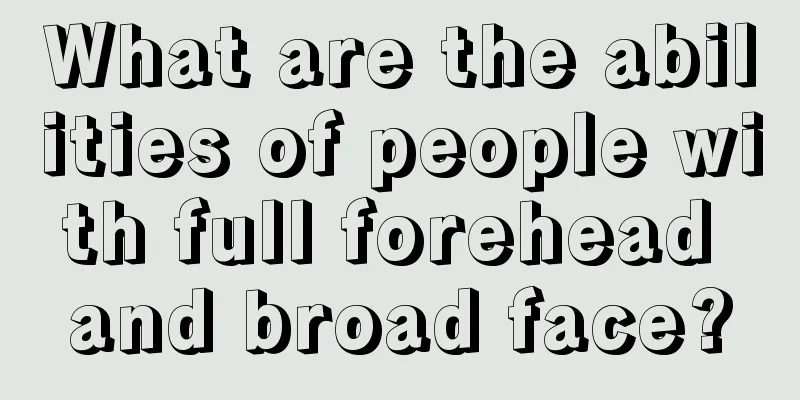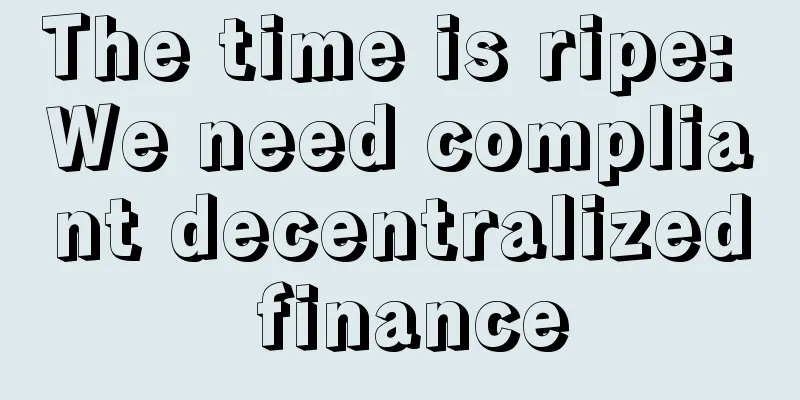World Wide Web creator leads W3C effort to build online payment standards, including Bitcoin

|
According to bitcoinmagazine, the World Wide Web Consortium (W3C) has begun reviewing the draft charter of the Web Payment Working Group. The Web Payment Working Group will be launched on September 15 after the review is completed, and will begin work on a comprehensive web payment architecture and prepare for key topics for the next Technical Plenary/Advisory Committee meeting (TPAC 2015) in October. The World Wide Web Consortium, led by "The Web Payments Working Group is not creating any new digital payment solutions, but rather integrating existing and emerging solutions into Web applications more efficiently and securely," the W3C announcement said. "Standardized message flows should make automated payments easier to implement, which will improve Web payments and overall security and user experience." The Web Payments Interest Group also recently updated their Web Payments Use Cases 1.0 Working Draft and published a FAQ providing more information on the benefits of the future standard. The W3C Web Payments document also mentions Bitcoin and cryptocurrencies, but only as a possible option along with other payment methods such as Google Wallet, Apple Pay, PayPal and iDEAL. The draft use case briefly mentions Bitcoin and Ripple as two cryptocurrency payment methods, outlining a scenario for an ideal payment experience using Bitcoin, or a similar cryptocurrency. Internet pioneers such as "In the late 1990s, Berners-Lee tried, through the W3C, to develop a micropayments system for the Web," Walter Isaacson wrote in his 2014 book, The Innovators: How Inventors, Hackers, Geniuses, and Geeks Created the Digital Revolution. The idea was to design a way to embed it into the Web that would allow banks or businesses to create different electronic wallet services. "But it never came to fruition, in part because of the ever-changing complexity of banking regulations," Isaacson noted. The early work of the Web Payments Interest Group, and the upcoming work of the Web Payments Working Group, can be seen as an incremental step toward realizing Berners-Lee’s vision. Surprisingly, however, official W3C documents only mention Bitcoin in passing. Isaacson reports that Andreessen mentioned that Bitcoin is a good model for standard internet payment systems. “If I had a time machine and could go back to 1993, one thing I would definitely do is build on Bitcoin or some form of cryptocurrency,” Andreessen said. One possible explanation for the W3C’s conservative approach is that they want to distance themselves from controversial aspects of Bitcoin, including its semi-anonymous transactions, and wait for a “cleaned” version of Bitcoin. ---- |
<<: Nigeria's Central Bank Calls for Bitcoin Regulation
>>: Mt Gox CEO embezzled $2.6 million in customer funds and may face arrest again
Recommend
What does a long wisdom line mean?
In the palm, the lines may be too long or too sho...
Is it good for a woman to have a big mouth? Are you lucky?
In the culture of physiognomy, people believe that...
Why the ETH PoW fork is not legitimate from a technical perspective
I see many friends often confuse various "fo...
If a man has uneven shoulders, what will his fortune be like in life?
The most important thing in life is undoubtedly t...
[100 Questions About Filecoin in Pictures] Question 28: The relationship between Filecoin computing power and mining revenue
Jump to view Question 27: What is Tipset? — "...
"Xiyu.com" virtual currency investment scam exposed
"Xiyu.com" virtual currency investment ...
Palmistry: Fortune telling by the middle finger
Palmistry: Fortune telling by the middle finger T...
BTC soars, mainstream currencies are ready to move
Author | Hashipi Analysis Team...
Facial features of women who can marry a rich man
1. Thick earlobes According to ancient sayings, t...
Are men with moles on their shoulders rich? What does a mole on a man’s shoulder mean?
As one of the traditional physiognomy techniques, ...
What is the impact of piercing the ear on your fortune?
The auricle actually refers to the outline around...
Overview of Cryptocurrency Tax Laws in Various Countries
The popularity of cryptocurrencies has been risin...
Which face has the most noble people?
Which face has the most noble people? The number ...
You can't afford a woman with a pointy chin
If you like someone very much, you need to be pre...
Cloudflare AI free platform integrates more than 30 major language models to provide intelligent interactive experience
Cloudflare AI is an innovative artificial intelli...









